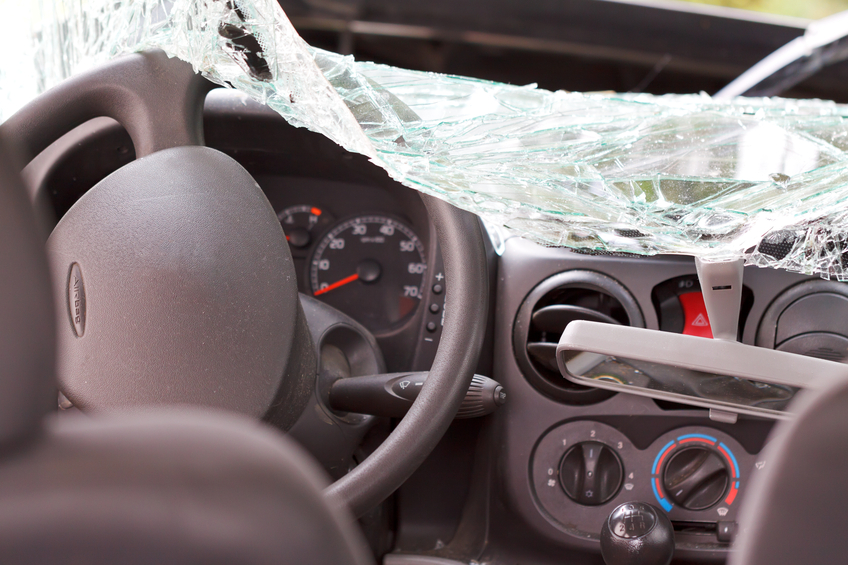Personal injury law helps accident victims get compensation for damages that were caused by someone else’s negligence. But sometimes, proving the other party’s negligence is not as straightforward as it might seem.
Step 1: Establish that Negligence Occurred
To prove that someone else is liable for an accident, you must prove their negligence. To do so, HG.org explains that you must prove the following:
- They owed you a duty of care;
- They breached their duty of care;
- That you suffered injuries; and
- The breach of their duty of care was the proximate cause of your injuries.
Step 2: Identify Specific Types of Negligence
In most personal injury cases, the issue of fault hinges on the four key elements of a negligence claim: duty of care, breach of duty, causation, and damages, according to AllLaw.
Duty of Care
A duty of care is an obligation to avoid injuring someone else or placing them in the path of danger. In most cases, every person has at least some duty of care toward others. In some situations, determining the duty of care is difficult because there are no laws that spell out how a person should act. That’s where a personal injury attorney comes in!
Breach of Duty
First, it’s essential to recognize that there was a duty of care involved in an injury situation. Then, the question becomes: who owed the duty of care? If the person (or party) failed to live up to the duty of care, the law calls that person’s actions “negligent,” or careless. In some cases, determining whether the duty of care has been breached isn’t too difficult. For example, when a speed limit is posted, the duty of care involves observing that limit.
While some situations involve a clear duty of care breach, others are more vague when the duty isn’t an “all or nothing” proposition.
Causation
Usually, once you have shown that someone has breached a duty toward you, you have established that person’s legal responsibility for your injuries. But in some circumstances, the other person may claim that even if he or she was negligent, that negligence was not the cause – or not the sole cause – of the accident.
Damages
“Damages” refers to the physical and emotional injuries, property damage, and lost income someone suffers as the result of an accident.
Step 3: Evaluate the Specifics of Your Case to Establish Fault
Once it’s established that a breach of care caused damages, it’s time to establish exactly how that negligence caused your injuries.
In the example of a car accident, fault can be established by:
- showing that the other person violated a traffic law
- the testimony of eyewitnesses
- your own testimony
- the examination of evidence at the accident scene, including vehicle damage.
Step 4: Evaluate if You Contributed to Your Damages
It’s possible that your own conduct may have played a role in causing your injuries, alongside the negligence of the other party. In these cases, an attorney can help prove that even while you might have contributed to the accident, the majority of the damages were caused by the other party’s negligence. In these cases, your total compensation or damages award will be reduced by an amount equal to the percentage of your fault in causing the damages. That’s the rule in New Mexico. However, in some other states, if you’re found to be even one percent to blame for causing the accident, you won’t be able to collect any damages at all from other at-fault parties.
Step 5: Negotiate Your Settlement
When it comes time to negotiate a settlement, the amount of money you want as compensation for your damages will be the main point of contention. According to Enjuris, personal injury damages may include compensation for medical expenses, lost wages, pain and suffering, disability, property damage, and emotional distress.
Do You Need an Attorney?
Whether you contributed to any of the damages or not, LegalMatch recommends that it is in your best interest to consult with a knowledgeable and skilled personal injury attorney. An attorney can guide you through your case and will help you understand if there are any defenses available given your specific circumstances. Common defenses to negligence may include contributory or comparative negligence, or assumption of risk. Additionally, a personal injury attorney can help gather facts, witnesses, and experts, all while navigating the specific New Mexico personal injury laws.
Were you involved in an accident in Albuquerque, New Mexico? Do you need help proving that your injuries were caused by someone else’s negligence? Call 505-207-4401 or contact us online!
Law Office of Brian K Branch, PC
715 Marquette Ave. NW
Albuquerque, New Mexico 87102
Tel: 505-207-4401




